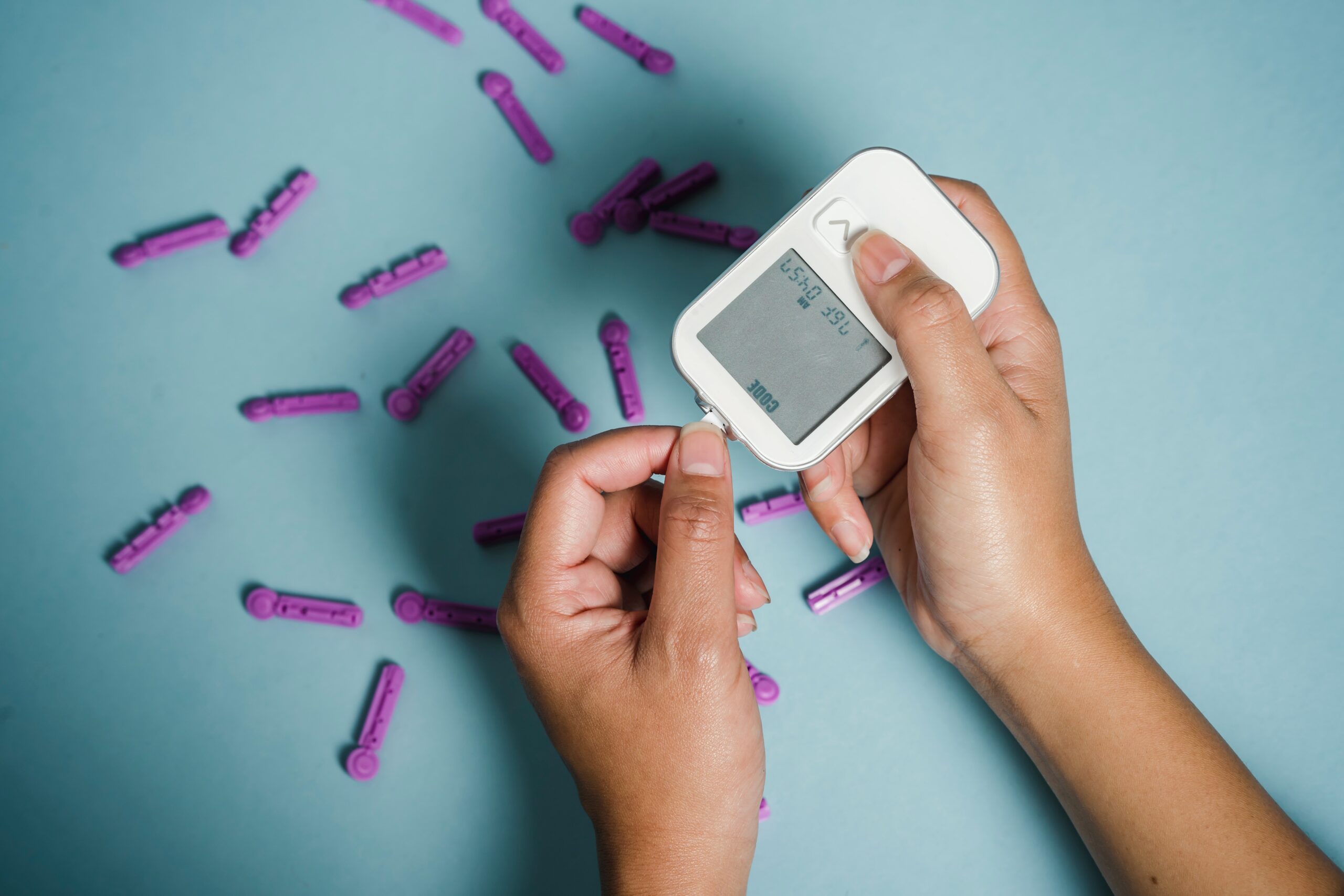There are many reasons one needs to know the shelf life of medical devices. Engineers are tasked with discovering a device’s expiration date so that it can be used by medical professionals. In the world of healthcare and medical devices and supplies, there must be stringent testing procedures to ensure safety. Here are some things that go into determining shelf life of medical devices:
Temperature matters
One thing that you want to determine with medical devices is the temperature of where it will be stored, as this can impact the shelf life. A higher or lower temperature can potentially prolong or decrease a medical device’s shelf life. Once you determine the temperature of a given storage area, you can use an accelerated aging calculator to quickly calculate the ideal shelf life of a particular medical device.
Take a look at battery life
The battery life of the medical device may be affected differently than the rest of the device, so it’s important to keep this in mind when storing it. When testing the medical device, the testing will consider the interaction of the medical device battery with the other components to determine shelf life.
Manufacturing
In some cases, professional engineers will also test the device with the manufacturing environment in mind. While it sounds out of left field, the reality is that many external factors can impact the shelf life of the device, from the location of the facility to the type of materials used or found in the region.
Evaluate product packaging
Some medical devices and their packaging interact in a way that could cause the shelf life to be decreased. Additionally, sterilization also impacts how long a medical device can be stored for. So, when determining shelf life, this must be taken into account as well. There are components in various devices, as well as in packaging material, that can interact and react to one another, potentially impacting the product’s shelf life.
How it’s transported
Transportation plays a very big role in the shelf life of medical devices, especially because of all of the outside factors that come into play like temperature, movement, and shock. For example, if the vehicle hits something or goes over a speed bump too fast, this may damage packaging and affect a medical device’s shelf life.
This is why when engineers are preparing for the testing procedures and defining medical device shelf life, they will spend a lot of time determining how the medical devices are handled and shipped.
How it’s done
The shelf life of medical devices is determined by putting a device through a variety of testing procedures and many engineers follow this step by procedure to avoid any errors:
- Describe the organizational processes for determining the phases of testing.
- Put together a sampling plan that includes the amount of devices used, as well as how often each will be sampled, selection criteria, and what has to be sampled.
- Design a plan for simulating shipping environments to determine an accurate shelf life.
- Use follow-up procedures to define steps that could be taken after the test is finished.

In Conclusion
There are both external and internal factors to be considered when testing for shelf life of medical devices. In the end, the shelf life of medical devices has to be accurately calculated in order to protect the people using these devices and ensure effective treatment. It’s amazing what experienced engineers and the right tech can do for our healthcare and the medical industry.
Image Credits: Anna Shvets, Klaus Nielsen




Like this article? Share with your friends!